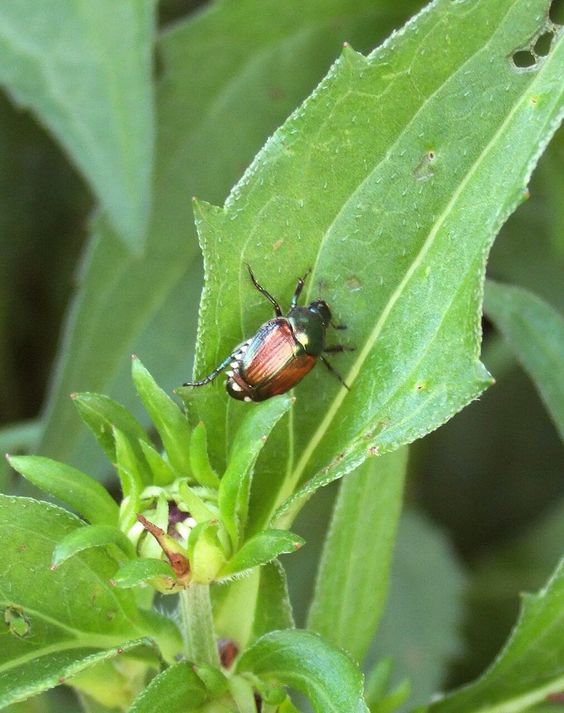As defined in the previous section, a pest is a living organism that destroys or causes damage to plants, animals or the habitat of human beings. To eliminate or reduce these organisms or microorganisms, a pest control system must be established, but for it to be effective, it is necessary to have knowledge about the pest and its habits, for this, it is essential to first identify the pest. Next, it is necessary to learn how it acts or, in other words, its lifestyle and, finally, it is necessary to evaluate the appropriate method to use to control the pest. There are 4 commercial pest control method that we will describe below.
- Disinfection
Disinfection is a sanitation or pest control technique that is intended to destroy pathogenic organisms, which can be fungi, viruses or bacteria. It is carried out through the spraying of different chemical products that help to maintain the plague, fungus, etc., at levels considered normal from a sanitary point of view. In short, disinfection is that chemical or physical process by which a place is cleaned, assuming the destruction of pathogenic microorganisms or pests that are in it. It is indispensable in places frequented by humans and animals, such as schools, hospitals, food industries, farms or transport vehicles. There are two types of disinfection:

- Chemical disinfection:
This consists of the use of chemical substances that have the ability to stop, reduce or destroy the growth of microorganisms or pests. Many times a single product is not enough, therefore, it is feasible to combine several substances so that their components act to prevent the spread of the pest
- Chemical disinfection:
This type of disinfection is carried out through electrocution or ultrasound devices. In many other cases, areas or surfaces are disinfected using only vaporized water.
- Deratization:
This method of pest control has to do with these rodents that usually become real urban pests. Rats are prolific and transmit diseases, some of which are serious, such as rabies, cholera, etc. In short, rat extermination aims to eliminate any type of rodent and can be done in two different ways:
- Chemical disinfection:
Consisting of various procedures that prevent rodents from invading premises or houses and spreading.
- Active Derivatization:
This is responsible for combating, through offensive, chemical and biological methods, the populations of mice and rats.
- Disinsection:
Disinsection refers to the control and elimination of all types of insects. It is the effective elimination of all kinds of arthropods and/or insects that harm humans, vegetation or the environment in general in some way. Insects become pests for many reasons:
- Lack of hygiene
- Weather conditions
- Overabundance of food
- Favorable environmental conditions for its propagation
4. Fumigation:
Fumigation is one of the most effective methods to eliminate invasions of insects, birds or microbes, it is a pest control treatment that is based on the use of fumigants that are chemical agents that, at normal temperature and pressure, are in the form gaseous and that can be maintained at a sufficient concentration for the elimination of pests. Fumigation is used to:
- Wood treatments against xylophagous.
- Treatments to eliminate Insects from Stored Products, in the food industry.
- Mole control in lawns and gardens.
- Environmental treatments.
